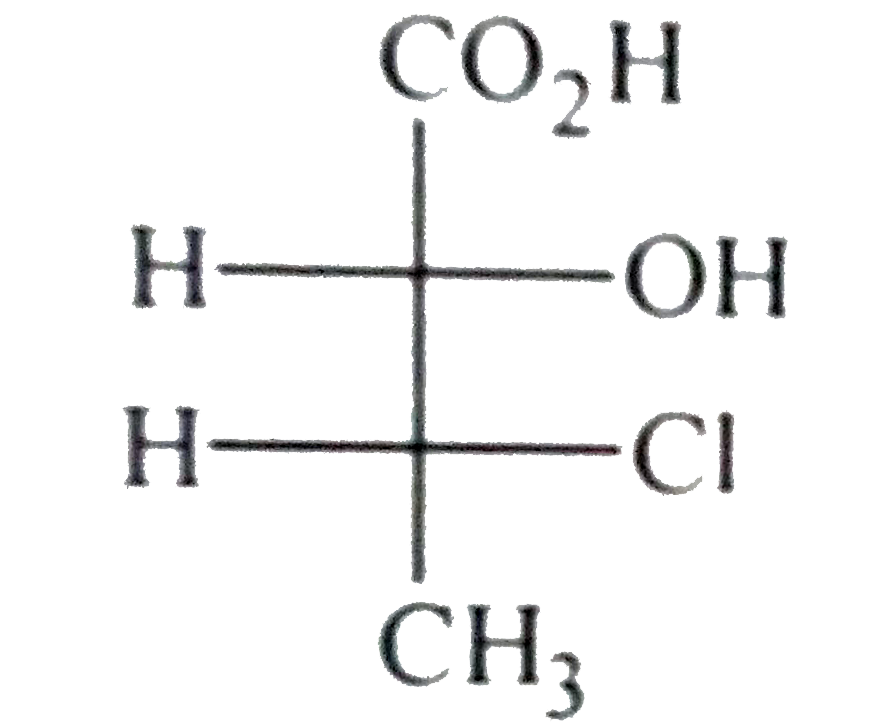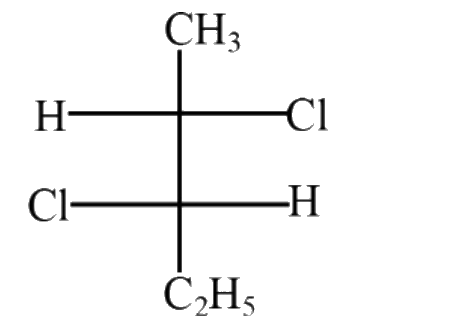The absolute configuration of 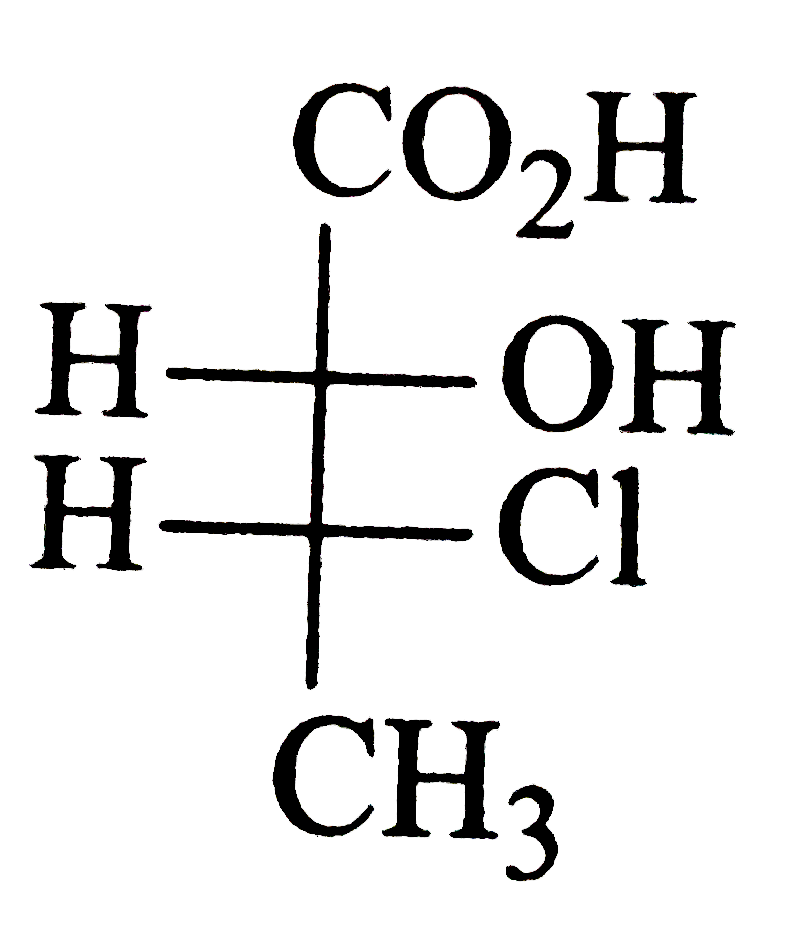 is
is
(2S,3R)
(2S,3S)
(2R,3R)
(2R,3S)
The correct Answer is:A
Step by step video, text & image solution for The absolute configuration of is by Chemistry experts to help you in doubts & scoring excellent marks in Class 12 exams.
Topper's Solved these Questions
- BOOK - IIT-JEE PREVIOUS YEAR (CHEMISTRY)CHAPTER - ORGANIC CHEMISTRY BASICSEXERCISE - Interger Answer Type Questions1videos
ORGANIC CHEMISTRY BASICS
- BOOK - IIT-JEE PREVIOUS YEAR (CHEMISTRY)CHAPTER - ORGANIC CHEMISTRY BASICSEXERCISE - CHAPTER TEST2videos
ORGANIC CHEMISTRY BASICS
- BOOK - IIT-JEE PREVIOUS YEAR (CHEMISTRY)CHAPTER - NUCLEAR CHEMISTRYEXERCISE - CHEMISTRY2videos
NUCLEAR CHEMISTRY
- BOOK - IIT-JEE PREVIOUS YEAR (CHEMISTRY)CHAPTER - P BLOCK ELEMENTSEXERCISE - Topic 21videos
P BLOCK ELEMENTS
Similar Questions
Knowledge Check
- Question 1 - Select One
The absolute configuration of a molecule changes during the reaction.
ASN1BSN2CBoth SN1& SN2DNone of the above - Question 2 - Select One
The absolute configuration of the following compound is
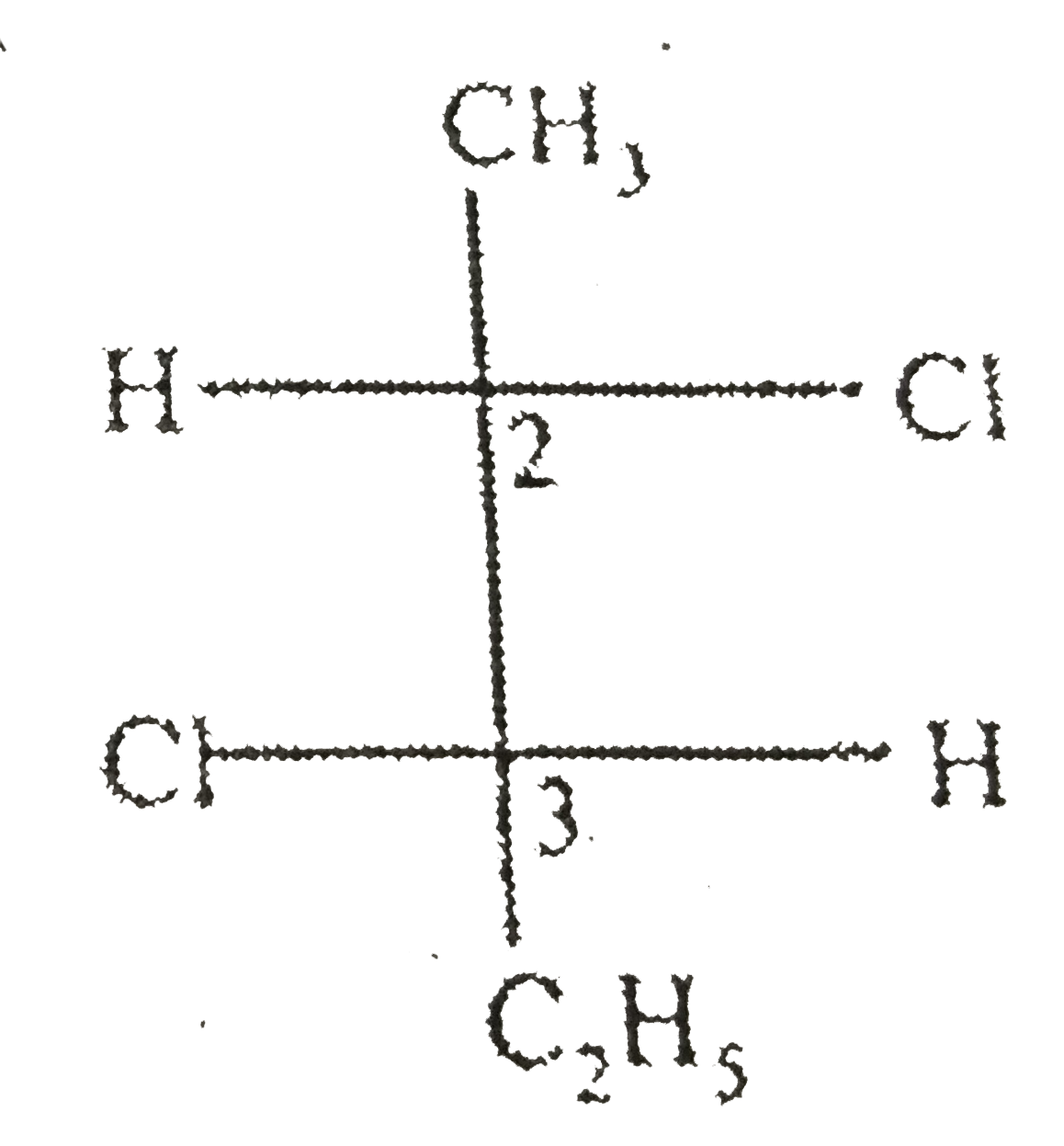 A2 S, 3 RB2 S, 3 SC2 R, 3 SD2 R, 3 R
A2 S, 3 RB2 S, 3 SC2 R, 3 SD2 R, 3 R - Question 3 - Select One
The absolute configuration of the following compound is :
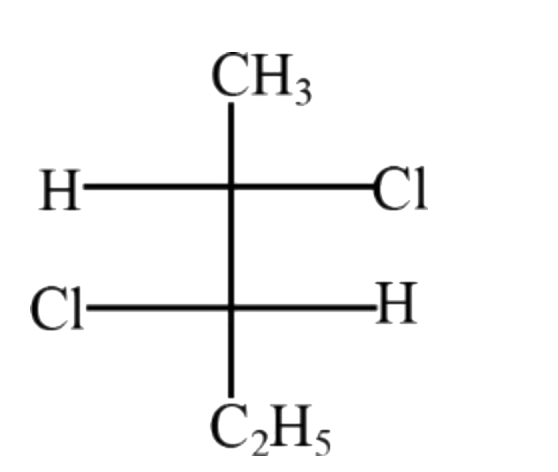 A2S, 3RB2S, 3SC2R, 3SD2R, 3R
A2S, 3RB2S, 3SC2R, 3SD2R, 3R
The absolute configuration of the compound
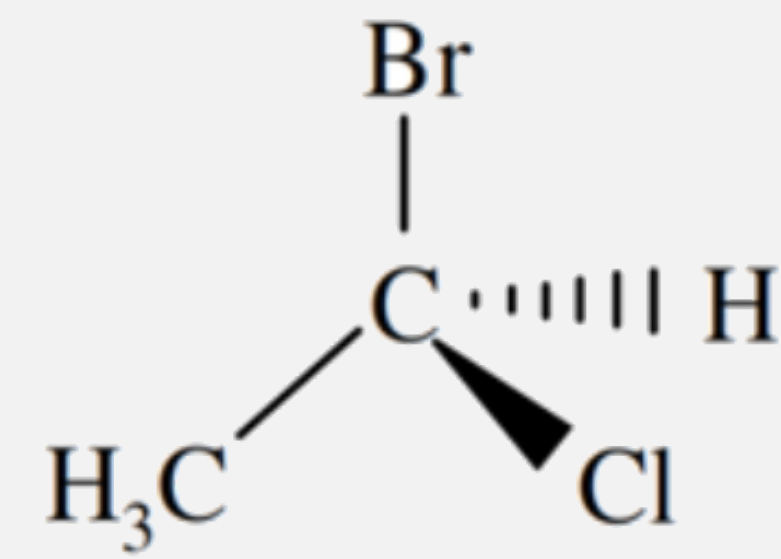 View Solution
View SolutionThe absolute configurations of the following compounds
 respectively, areView Solution
respectively, areView SolutionOf the following statements , which are true for SN2 reaction.
(a) Tertiar alkyl halides reacts faster than secondary.
(b) The absolute configuration of product is opposite to that of the reactant when an optically active substrate is used.
(c) The used shows first order kinetics.
(d) The rate of the reaction depends markedly on the nucleophilicity of the attacking reagent.
(e) The mechanism is one step.
(f) Carbocations are intermediate.
(g) Rate ∝ [Alkyl][halides]
(h) The rate of the reaction depends on the nature of the leaving group.View SolutionThe absolute configurations of the two centers in the following molecule are :
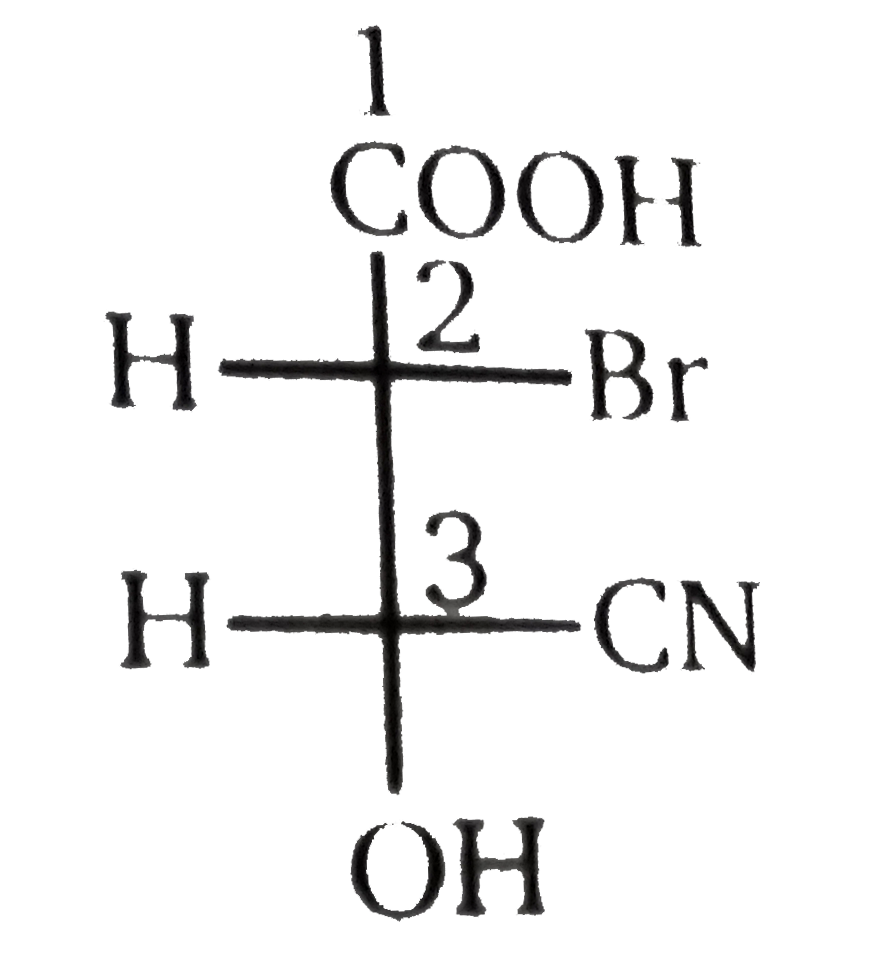 View Solution
View SolutionDetermine the absolute configurations of the chiral centres in the following compound.
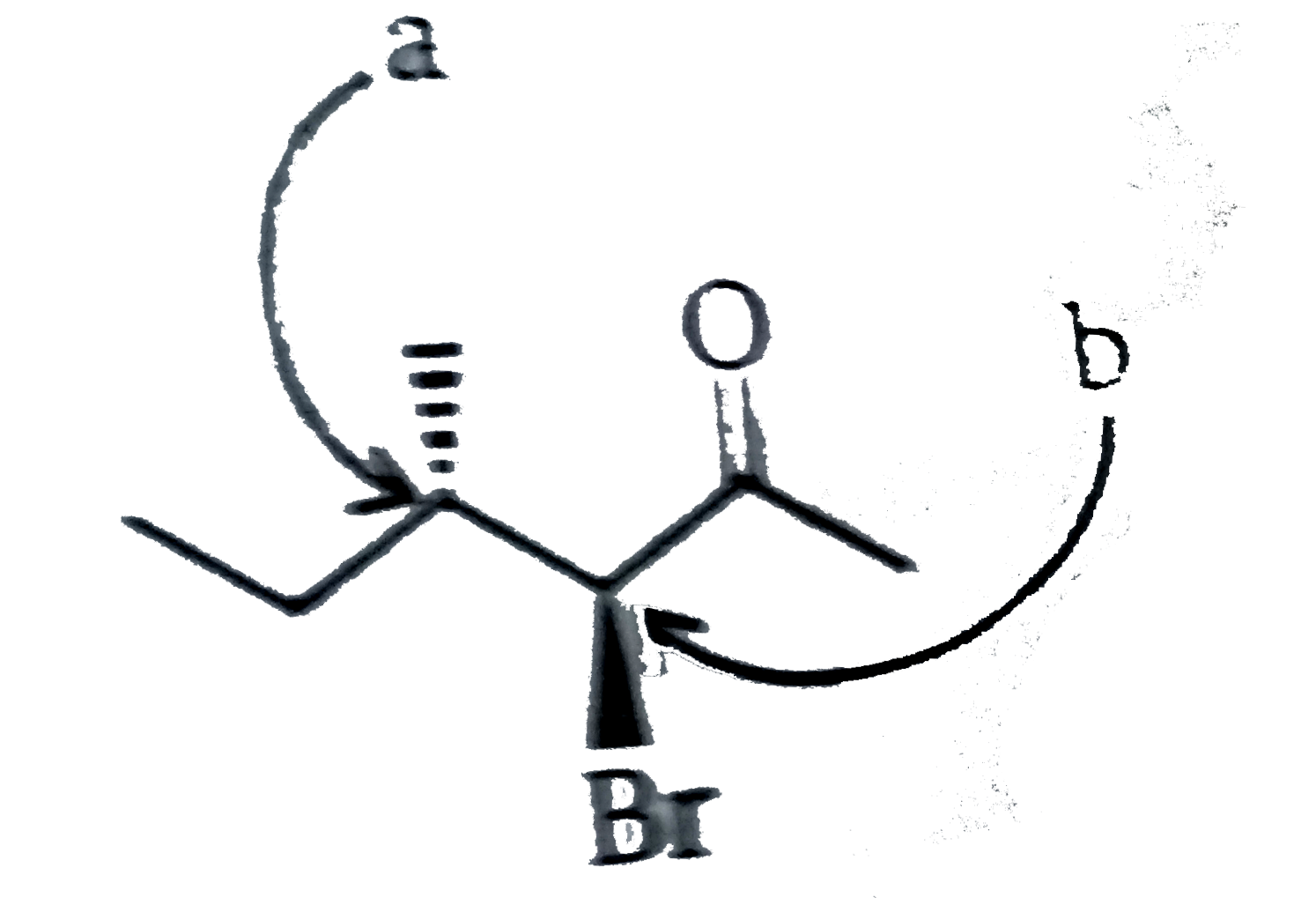 View Solution
View Solution


